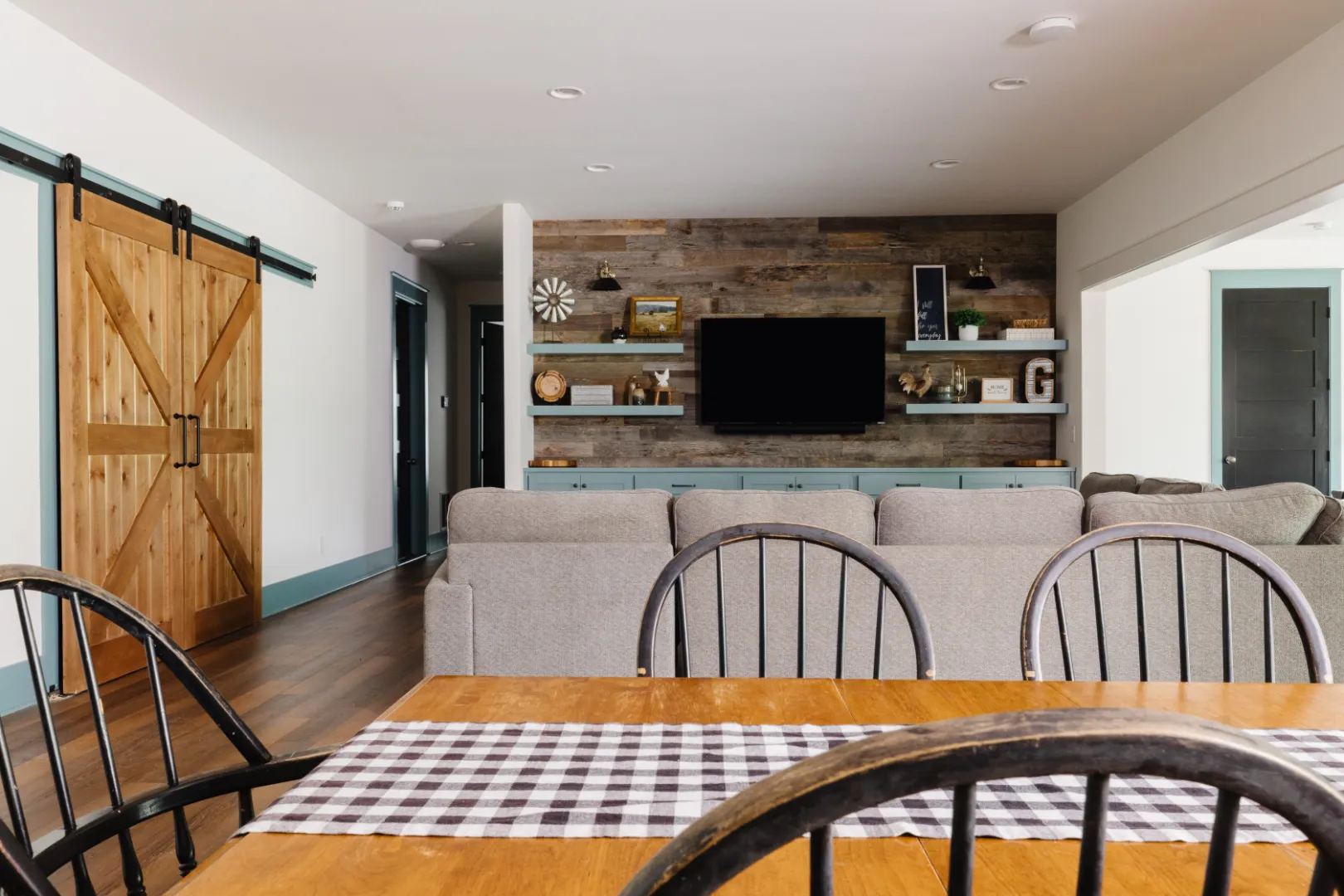4 Ways Moisture Creates Mold in Homes
While the thought of mold growing inside your home may seem unlikely to you, it happens often to homeowners—even those who are careful. Areas in your home that are conducive to mold include damp basements or crawl spaces, laundry rooms, kitchens, and bathrooms. Although, there are other areas where mold can still grow, given the right conditions.
Mold is a type of fungus and it grows as microscopic spores in the air. For mold to grow, it requires food, oxygen, and water. According to FEMA, it only takes about 24-48 hours for mold to grow, and from there it keeps growing until its water source and food source is addressed. Mold can grow almost anywhere that has enough moisture to support its growth.
Here are 4 ways moisture can create mold growth in your home
1. High Relative Humidity
Mold can easily grow in your home when the relative humidity level is high, especially for an extended period of time. Homes located near large bodies of water are usually the ones more susceptible to higher humidity levels. Although, a poorly ventilated home located anywhere can also experience similar conditions. Controlling relative humidity is important because moisture in the air for extended periods of time can settle onto surfaces or even soak into fabrics like those of thick curtains, drapes, couches, or even your carpet. These situations are ideal for mold to grow.
Keeping relative humidity levels low
- Use your air conditioner
- Run a dehumidifier (Read more about Running a Dehumidifier In Your Basement)
- Ventilate your home by opening windows when weather permits
- Use ventilation fans
2. Leaks
A Leaking Roof
Roofs go through the wear and tear of weather conditions, such as high winds, excessive heat, and storms. When a roof begins to leak, it may take some time before you as the homeowner can even discover the leak. It may be hours, or even days before you start seeing visible signs from inside your home. This could provide more than enough time for mold to start growing within your attic. Not only in your attic, but mold can extend growth into your ceilings and walls.
It’s important to have someone come out and address this problem immediately to stop mold from growing in your home. This is especially crucial in the summer months when your attic is hot. Evaporating water in a hot attic raises the level of relative humidity, which further creates a great situation for mold growth. Have an expert come out to perform the proper analysis and mold remediation.
Leaking Pipes in the Home
Leaking pipes can cause a nightmare of problems, especially if not addressed immediately. Behind drywall, moisture can cause major mold issues, particularly when there is zero exposure to daylight. If you notice areas of your drywall or ceiling to be visibly wet, you should call a professional immediately to inspect and determine the necessary actions to take towards any water damage and proper mold remediation.
In kitchens, common areas for mold growth are behind refrigerators or dishwashers where slow leaks from water lines may be existing. Water lines and plumbing can also leak from underneath kitchen and bathroom sinks. Water will leak down into cracks and crevices of the cabinetry and soak up in areas that will be hard to dry thoroughly. The problem can become worse if water soaks up into the flooring underneath. These are areas where mold will grow and spread.
3. Home Flooding
Home flooding and the problems it presents are very challenging to deal with. An act of nature is one cause of flooding, such as excessive rainfall during a storm. Water can build up fast due to improper drainage issues, such as clogged gutters. When water builds up, it can then intrude through improperly sealed doors, windows, and other cracks or crevices of the home.
Flooding can also take place due to malfunctioning appliances in a home, such as washing machines or dishwashers. Clogs in plumbing can also be a cause of flooding where areas of your home can be exposed to moisture. Whatever the cause, it can take up to weeks before the home is completely dry of moisture from flooding. This creates a perfect situation for mold to grow, even dangerous types of mold that are toxic.
If you have experienced a flood in your home, eliminate the water source immediately and have an expert come out to perform a thorough inspection and provide the right solution for any water damage and proper mold remediation.
4. Changes in Temperature
At certain times of year, the weather can create a buildup of condensation on surfaces in your home. These can be counters, walls, floors, piping, and others. When warm air hits a cold surface, condensation takes place and creates a buildup of moisture. This is an area where mold can begin to grow given the right conditions. These surfaces need to be kept dry and the temperature of the area should be managed with proper ventilation. If you notice any mold growth, it may be necessary to have a mold expert do an inspection.
If you need an expert team for mold remediation and other issues related to moisture and water damage, reach out to us. We have a certified team that is ready to be your healthy home solution.








